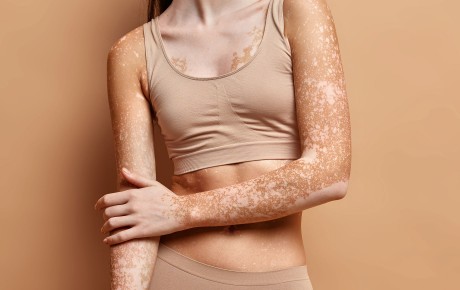Piperine has been studied for several years and it reveals promising in the treatment of skin repigmentation. Based on new scientific evidence Fagron R&D team developed Pigmerise™. Pigmerise™ contains a natural phytocomplex derived from black pepper (Piper nigrum phytocomplex) fruit extract in oleoresin, with high concentration of alkaloids and volatile oils for a synergistic effect. Several case studies with Pigmerise™ applied topically in combination with UVR therapy showed promising results for the treatment of bilateral vitiligo.1
Pigmerise™ stimulates the melanocytes replication located deeply in the skin and it induces the formation of dendrites. Pigmerise™ promotes the melanogenesis and melanocytes proliferation leading to skin repigmentation. It deeply reduces epidermal oxidative stress promoting the reactivation of the physiological conditions essential for a correct melanocytes’ recovery, the cells responsible of skin pigmentation. 2, 3
Pigmerise™ is indicated for treating different forms of hypomelanosis such as vitiligo, idiopathic guttate leukoderma, piebaldism, hypomelanosis of Ito and other disorders in which there is reduction in melanocytes. Safety, stability, and skin tolerance studies show that Pigmerise™ is a safe alternative for the treatment of hypopigmentation disorders of the skin, with important results when compared to conventional treatments. Pigmerise™ can be used in children and can be applied on sensitive skin and difficult to treat areas such as around the eyes, mouth, and genitals. It can also be in combination with all treatment protocols and it is easy to apply.
Literature references
- Srinivasan K. “Antioxidant potential of spices and their active constituents”. Critical Reviews in Food Science and Nutrition 54:3, 352-372.
- Faas L et al. “In Vivo evaluation of Piperine and synthetic analogues as potential treatments for Vitiligo using a sparsely pigmented mouse model.” British Journal of Dermatology 2008 158, pp941-950.
- Passi S et al. “Epidermal Oxidative Stress in Vitiligo” Pigment Cell Res, 1998; 11:81-85.
